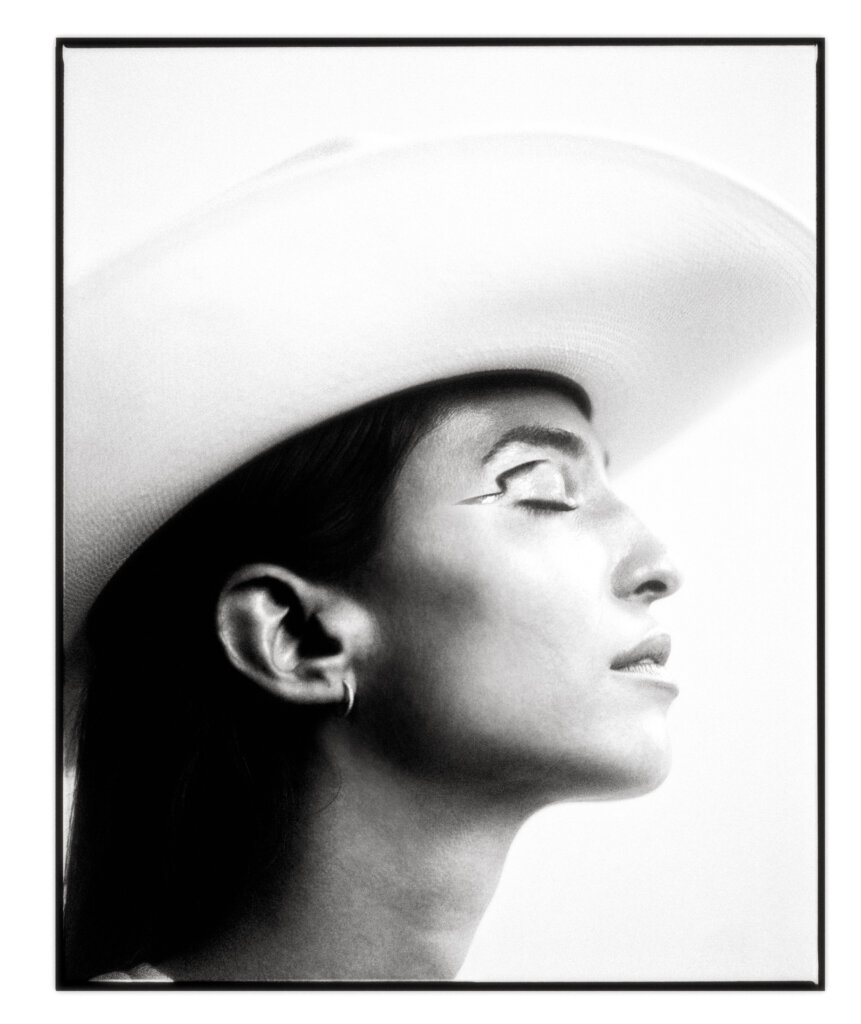
PHOTOGRAPHY BOE MARION @boe_marion @silvertooth.co
INTERVIEW AND STYLING JESPER GUDBERGSEN @yessirjesper using only personal, archive and vintage pieces.
HAIR @blakeerik @forwardartists
MAKEUP ALEX LEVY @alexlevymakeup using @submission.beauty
PHOTO ASSISTANT BEKA MAGLAKEDLIDZE @bekushia
THANK YOU FAMILY PROJECTS @family.projects
Please introduce yourself to us – who is Marina ?
My name is Marina Testino, and I am an advocate for sustainable fashion and conscious consumerism. Since childhood, art, nature, and fashion have been constants in my life. They’ve each played a major role in shaping who I am today, personally and professionally. I’m always seeking out creative ways to meld these passions together for the sake of positive change. Beyond that, I love exploring new places, enjoying good food, and spending quality time with my favorite people. When I’m not working, there’s no place I’d rather be than by the sea.
Tell me a little about your childhood and how it informed who you are today?
I grew up in a family that has always been very conscious of environmental issues. Given that my name is Marina–meaning ‘from the sea’–I’ve always felt a strong connection to the ocean. From a young age, my dad took us to Tulum, where he established a turtle rescue organization to address the endangered species. Our home became a hub for turtle protection, with nests waiting for the eggs to hatch. During our visits, we would release the baby turtles into the ocean. I’m very grateful for these early experiences in nature that taught me to respect the world around me.
What’s the most important skill or habit your parents or another role model instilled in you?
You will get a hundred nos before a yes, and that’s ok. Don’t fear rejection or let it get you down. Stay true to yourself and keep moving forward with your goals in sight.
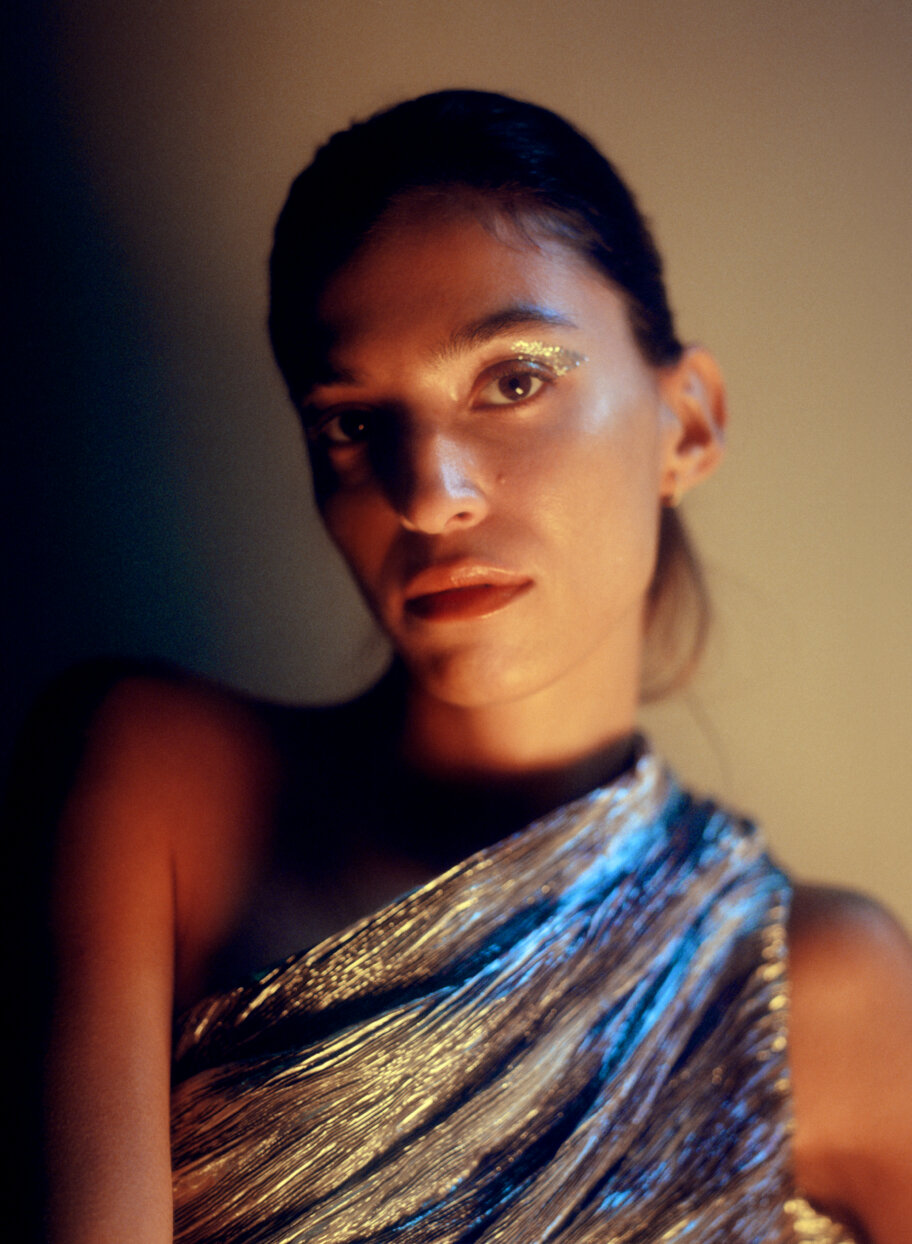
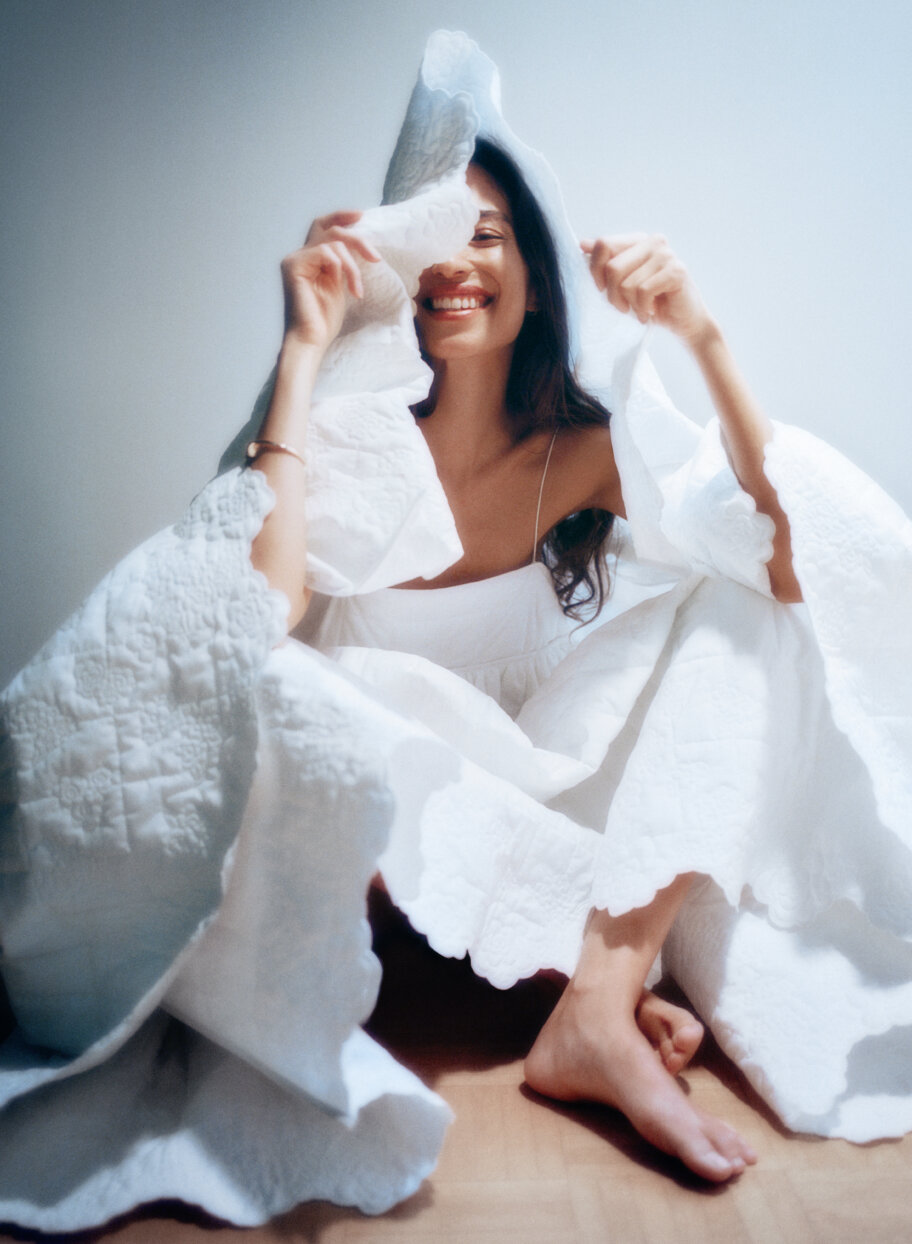
How do you explain your work to others?
I work in several capacities, and creative solutions are at the heart of them all. In my role as Director of Strategic Partnerships at Earth Partner, which is a subdivision of Art Partner, I focus on leveraging Art Partner’s extensive network and platform to establish connections and meaningful relationships between the worlds of fashion and sustainability. I ideate projects that bring together organizations, brands, platforms, voices, and individuals in order to make a positive impact on the climate through the fashion industry rather than in spite of it. As an ARTivist, I use art to advocate for positive change. In this capacity I am also very interested in using creativity to bridge the gap between fashion and sustainability. #OneDressToImpress was my very first ARTivism campaign, which documented my journey of standing up to the stigma of outfit repeating by wearing the same red suit for 60 days straight. The idea behind it was to go against the concept of fast fashion, the feeling that “I don’t have anything to wear,” the impulse to over consume, and to encourage people to love the clothes they already own. It was my personal mission to prove that my love for fashion and my commitment to living consciously could coexist, and it marked a major turning point in my career.
Why do you think you are drawn to the work you do?
Because I get to do what I love and put my skills to use for causes I genuinely believe in. My accomplishments are aligned with my values, so I never have to sacrifice them to succeed. What do you love most about what you do? I love connecting with people, facilitating relationships, and engaging with all forms of creativity. There are always opportunities to learn and grow. It’s so exciting to turn an idea into a reality, especially when the end goal has a tangible, positive impact. For example, seeing initiatives like #OneDressToImpress or #GreenRooms foster a sincere shift in somebody’s mindset. Witnessing friends or complete strangers adopt small, conscious changes in their daily lives after engaging with my work is incredibly gratifying.
Where do you hope to see the larger conversation about responsibility and sustainability going in 2024?
On top of phasing out fossil fuels, the number one initiative I hope to see movement on is investment in climate solutions. Private and public sectors need to come together to finance these solutions and help us reach our goals. These funds are critical to facilitate research and innovation, fast-track the transition to clean energy, and push forward the climate-positive projects and policies we need. They are also so important for the vulnerable communities who are adapting to the changes that are already occurring and deserve help that is affordable, available, and accessible.
You were recently on the Jury for #CreateCOP. Tell me more about this competition and any key takeaways as it relates to sustainability/the climate crisis?
#CreateCOP is Art/Earth Partner’s annual creative competition geared toward using art to instigate the conversation around the climate crisis. By broadening our jury and outreach efforts, participation has doubled since its last run, growing to include submissions from more than 100 countries around the world. It was an honor to be on the jury this year, and it has been an amazing initiative to witness and partake in. Especially because nowadays, we live in a world filled with extensive articles on the climate crisis that often go unread by the average person. The sheer volume of information has left many feeling overwhelmed and detached unless they are directly impacted by a natural disaster. #CreateCOP has bridged this gap by using art to translate these experiences into tangible representations of reality. The submitted projects, whether through photography, film, or other mediums, capture the real-life experiences of people facing the climate crisis at their doorstep. The competition serves as a powerful reminder that the climate crisis isn’t just about numbers on paper; it’s a harsh reality for many.
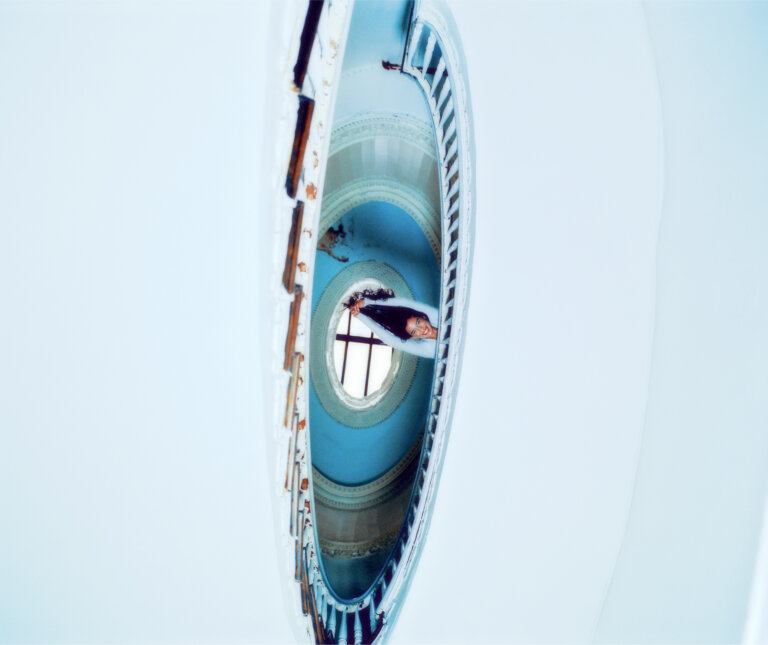
Your work evolves largely around the fashion industry’s impact on the climate. What are some other areas of concern / interest?
Single-use plastics are a big area of concern, especially when you consider the massive scale of plastic pollution and its impact on the environment. It’s so rare to spend time by the sea–or any body of water–without encountering plastic waste, which is very telling about the severity of this problem. I’m a big advocate of 5 minute beach clean ups. If you’re strolling on the beach and see trash, why not pick it up? Every little action makes a difference. I’m also a big advocate on the issue of microplastics–their impacts on marine life, food chains, water systems, and human health. I’m especially curious about what solutions may mitigate the issue and would love to see virgin plastics phased out altogether. In 2019, I launched an activation to talk about microplastics called #WeSeaThrough, and then a couple of years later I reintroduced it in collaboration with Greenpeace over the course of Plastic Free July.
What makes fashion important to you?
I have always loved fashion and appreciated the amazing, creative industry it can be. Fashion is a source of inspiration and empowerment for myself and so many others. Everyone wears clothes, so why not have fun with it? But if we want to keep enjoying it, it’s critical that the industry shifts to a more conscious mindset and reexamines how it operates. At the end of the day, I believe in the fashion industry. I love this industry–and I am a part of this industry–but we need to do better, and I know we can. I want to be a part of the conversations that make that possible.
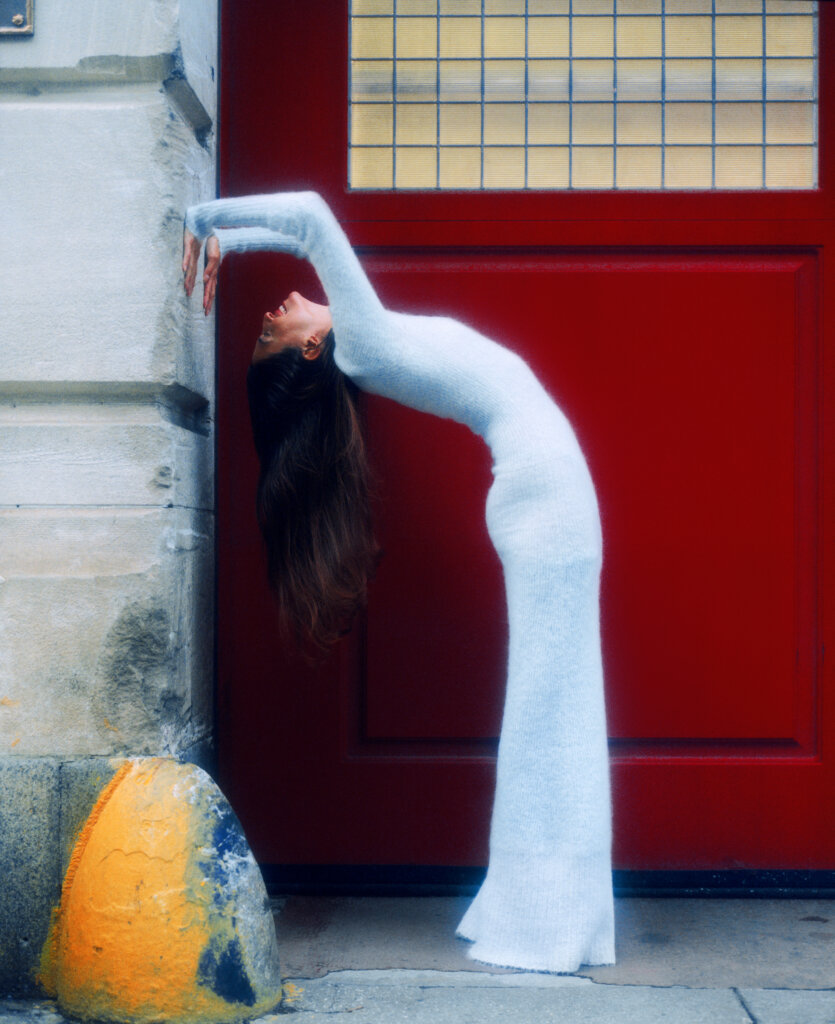
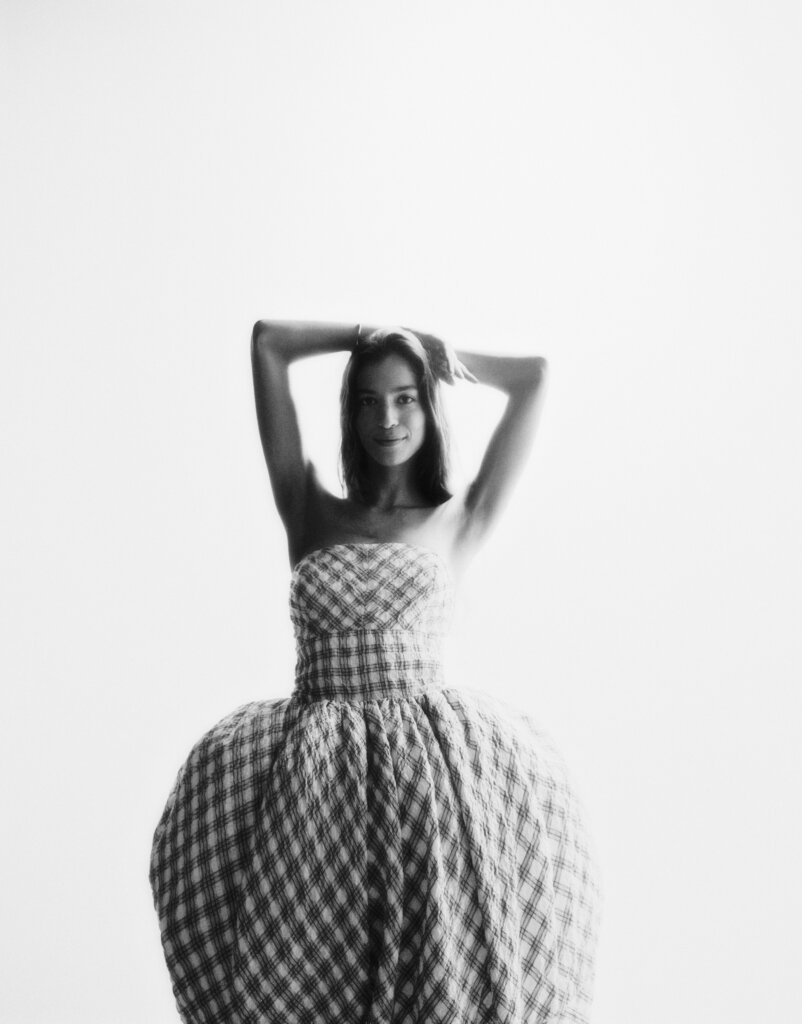
What positive changes have you seen from being on the inside of the industry – and what solutions do we most urgently need?
Just look at major brands today. Many of them are either trying to do something or actively doing something to incorporate sustainability into their business models. It’s become common for brands to have entire departments devoted to it, and brands are lending more resources than ever to conscious solutions, whether they are investing in material research, creating better packaging, restructuring their supply chains, or becoming more transparent about their practices. I believe a lot of this comes down to a change in the consumer’s mindset through increased access to education around the topic. People are becoming more aware of brands and their practices, which is amazing to see. However, despite this growing awareness, the prominence of fast fashion, overconsumption, and textile waste continues to rise. People are buying more clothes than ever before, meanwhile, the average lifespan of any given garment is shorter than ever. What we need most urgently are circular solutions that allow clothing to be used and reused, again and again.
I find the conversation about responsibility to often be geared toward the consumer and not the source of the problem, suggesting that we are in control of cleaning up the mess and changing our habits. Can you explain your thoughts on this dilemma?
Governments need to take action and corporations need to be held accountable. The change needs to come from the top down. Consumers shouldn’t be expected to carry the burden of the climate crisis on their own, and they deserve better buying options. The burden should be reversed. Corporate entities need to be financially incentivized to adopt conscious solutions and stop profiting from the creation of pollution and waste. This would reduce industrial scale devastation to our environment and create sustainable solutions for consumers all at the same time. New policies and legislation are the best–if not the only–way to make sure these changes happen on a large scale. As individuals, we can help make this happen by getting involved with our representatives and demanding change. We can routinely stay up to date on legislation and petitions, call our government officials, raise awareness, research issues, vote whenever possible and encourage others to do the same. Perhaps as consumers, the best thing we can do is be active citizens.
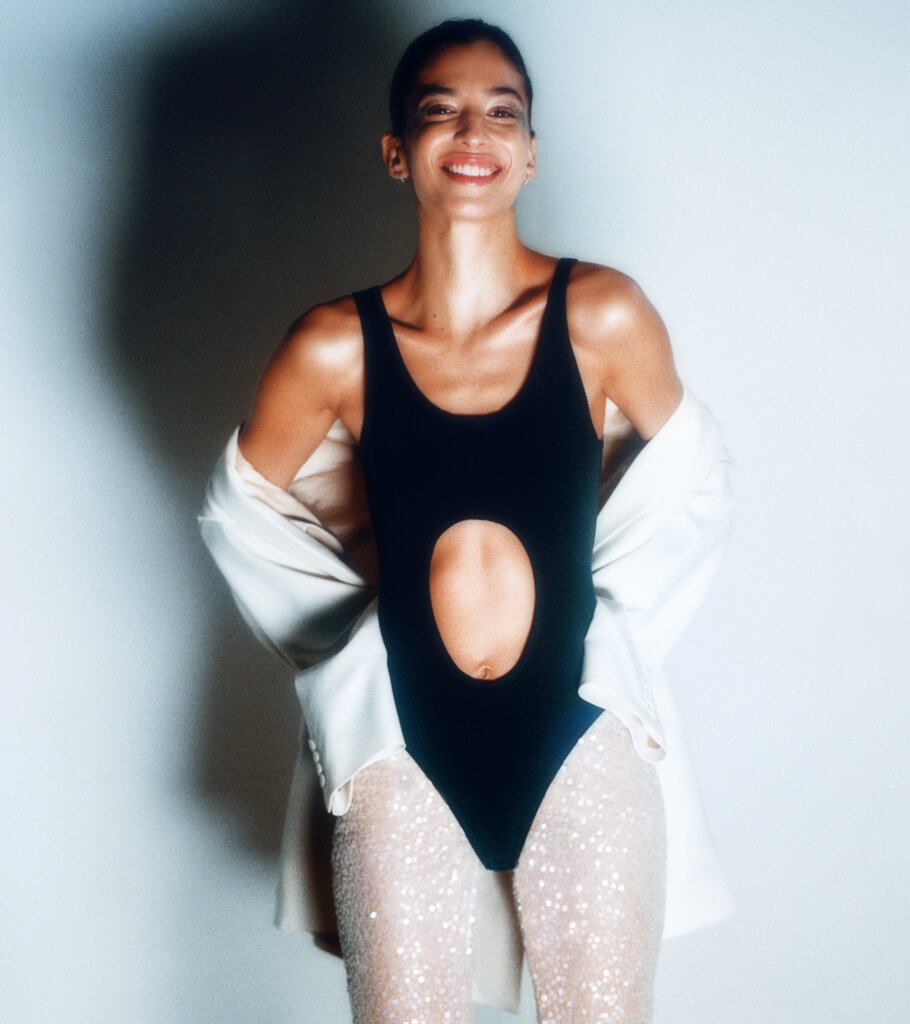
What do you consider to be your greatest achievement?
Taking the step to go all in with my first activation, #OneDressToImpress. It meant taking a stance against the fashion industry which was the primary source of my work and income at the time. I was a young model just starting out and trying to find my place in this larger than life industry. Many people warned me not to do it, but ultimately I was more afraid of losing my moral compass than I was of losing my place in the industry. I still loved fashion so much, but I could no longer be complicit in its culture of waste and overconsumption. By wearing the same red suit for two months, I wanted to publicly pursue the idea that there’s an alternative way to be fashionable by valuing what we already own, taking care of our clothes, and only buying things with long-term value. I also wanted to highlight that fashion is about more than just clothing–the person wearing a garment, how they style it, how they feel in it, and the energy they exude is just as important as the garment itself. As a young person in the industry, it was very bold to choose to center my career around my own values as opposed to the norm. Honestly, it wasn’t an easy decision to make. There was no telling how it may turn out. But this time the risk came with reward, and I am so happy that I took a chance and did it. It taught me to stick to my values, despite whatever doubt or discouragement others may have.
What’s next for Marina?
Looking forward, I am very excited about what’s in store! I will be taking on several new roles and projects this year that involve curating, creative directing, working as sustainability editor at a new magazine, collaborating with new and old friends, and more… But I don’t want to jinx myself or invite bad juju by oversharing too soon. So time will tell!
| Cookie | Duration | Description |
|---|---|---|
| cookielawinfo-checkbox-analytics | 11 months | This cookie is set by GDPR Cookie Consent plugin. The cookie is used to store the user consent for the cookies in the category "Analytics". |
| cookielawinfo-checkbox-functional | 11 months | The cookie is set by GDPR cookie consent to record the user consent for the cookies in the category "Functional". |
| cookielawinfo-checkbox-necessary | 11 months | This cookie is set by GDPR Cookie Consent plugin. The cookies is used to store the user consent for the cookies in the category "Necessary". |
| cookielawinfo-checkbox-others | 11 months | This cookie is set by GDPR Cookie Consent plugin. The cookie is used to store the user consent for the cookies in the category "Other. |
| cookielawinfo-checkbox-performance | 11 months | This cookie is set by GDPR Cookie Consent plugin. The cookie is used to store the user consent for the cookies in the category "Performance". |
| viewed_cookie_policy | 11 months | The cookie is set by the GDPR Cookie Consent plugin and is used to store whether or not user has consented to the use of cookies. It does not store any personal data. |